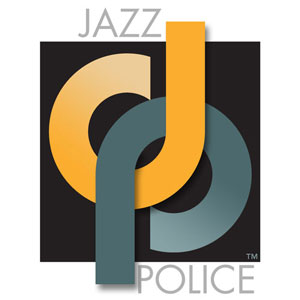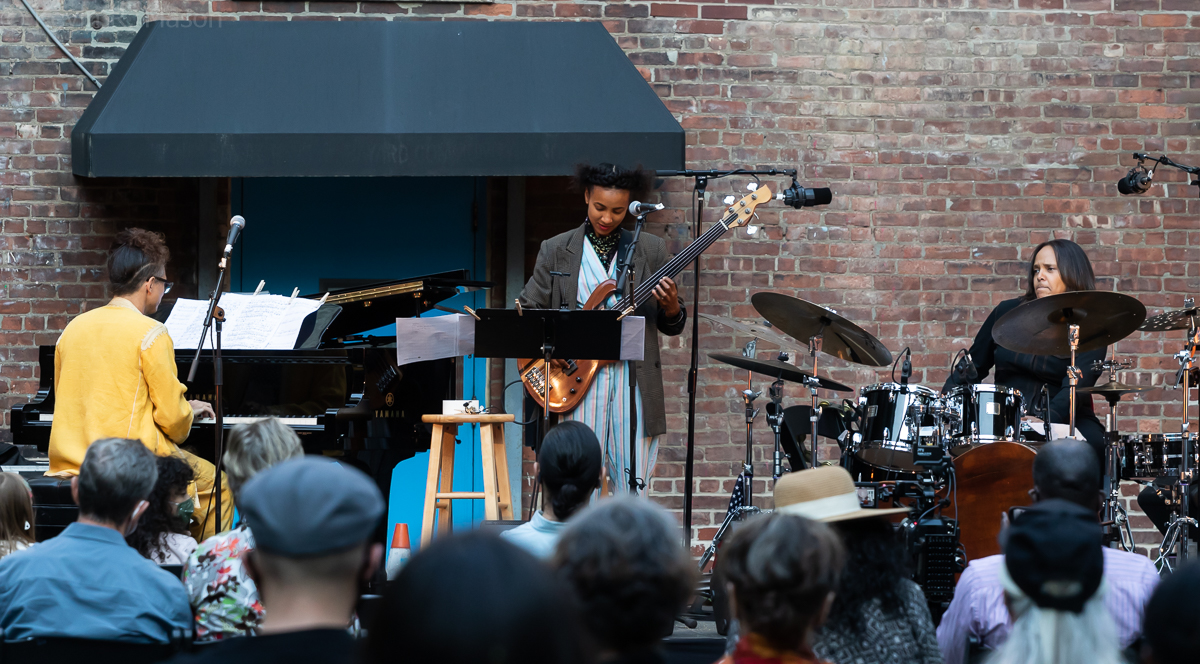
On June 10, 2021, New York City’s River to River Festival kicked off its 20th edition with a concert by Esperanza Spalding, Terri Lyne Carrington, and Leo Genovese. The River to River Festival is a free summer arts celebration, it is presented by the Lower Manhattan Cultural Council (LMCC). On the organization’s website, it says:
“From its origins in the aftermath of 9/11 to the present context of the pandemic, River To River has long highlighted the fundamental role that creativity in all its forms plays in processes of recovery, resilience and renewal.
Curated by Lili Chopra and Nanette Nelms, the wide-ranging program speaks to our current moment, offering new ways of seeing and connecting. In addition to the broad range of in-person events, digital films in the Festival’s program will be streamed on LMCC’s website.”
The show took place in the space outside The Clemente Soto Vélez Cultural & Educational Center. The socially distanced audience was welcomed by Diego Leonardo Robayo, the Public Relations Manager of Historic Districts Council of the Center. Lili Chopra, Executive Director, Artistic Programs at LMCC, and Nanette Nelms, Co-Curator of River to River, also addressed welcoming comments to the crowd.
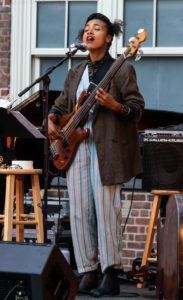
The Festival’s opening concert was a tribute to saxophonist/composer Wayne Shorter. The concert starred bassist/singer/composer Esperanza Spalding, drummer/composer/educator Terri Lyne Carrington, and keyboardist/composer Leo Genovese. You never know what kind of weather you will get at an outdoor concert, but luckily, it was a perfect late-spring evening. It was balmy and clear, the kind of weather that made for an ideal accompaniment to some excellent jazz.
The performance was curated by Esperanza Spalding, and she said, “We’re going to let maestro Wayne’s music speak for itself.” Esperanza was initially almost unrecognizable, with a much shorter hairstyle than her usual large afro, styled in two small puffs on each side of her head, making her look like a teenager. When the bass in the sound system was overwhelming at one point, Spalding asked the sound person to adjust it, and she joked, “Wayne would call that an unidentified flying object.”
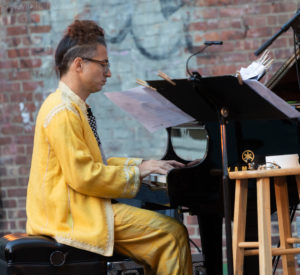
The group started with a swinging “Endangered Species” from Shorter’s 1985 Atlantis album, and Esperanza added exquisite vocals over the instrumental in her light yet moving voice. She seemed totally immersed in the joy of the moment, interacting with her fellow musicians with impressive fluidity. Spalding cleverly whistled a melodic introduction in harmony with Genovese’s piano riff to Shorter’s ballad “Tarde,” a song composed during his collaboration with Milton Nascimento on the album Native Dancer, released in 1975 by Columbia. The Brazilian flavor of the trio’s rendition of the song was clearly felt by the audience, with excellent virtuosity from Genovese and Carrington while underpinning Spalding’s soaring voice. The trio continued with “Limbo,” found on the 1967 album Sorcerer, composed during Wayne’s prolific time with that great Miles Davis Quintet. Next came a beautiful “Nefertiti,” Shorter’s composition from the 1968 Miles Davis album of the same name. Esperanza praised Wayne Shorter, saying that he has been a pioneer in every way, especially in how he has championed women. The set continued with a sweet version of Wayne’s “Face on the Barroom Floor,” released on Weather Report’s Sportin’ Life album in 1985. On the song “Virgo,” from the album Night Dreamer, released by Blue Note in 1964, Esperanza whistled a marvelous introduction in place of the original sax phrasing to great effect at the beginning of this classic piece. Speak No Evil was Wayne Shorter’s sixth album released by Blue Note in 1966, and the group chose the post-bop gem “Infant Eyes” for the closing song of their tribute.
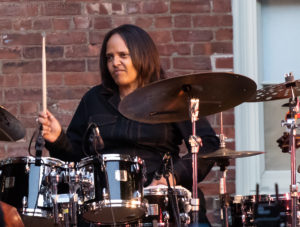
The music of the evening went from fusion to avant garde to post-bop to beautiful ballads and ran the gamut of emotions. Although most of the songs were originally written for larger groups, Esperanza, Terri Lyne, and Leo did a wonderful job of adapting the music to the trio. At times, the group’s playing seemed to have a hypnotic effect on the audience, which is not surprising considering how Wayne Shorter’s amazing gifts were interpreted by this talented group. Terri Lyne Carrington and Leo Genovese accompanied Esperanza Spalding with aplomb. There were not a lot of solos, but the few they played were choice. It seemed that the cohorts were more interested in honoring Wayne Shorter as a tight trio, than standing out as individuals, and honor him they did! They displayed a low-key charm throughout, but it did not make their music any less compelling.
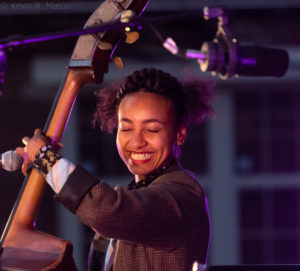
Near the end of the show, Esperanza said, “We’re very, very grateful for the invitation,” and she thanked The Clemente Soto Vélez Cultural & Educational Center for the space to pay tribute to “the entity that is Wayne Shorter…We are all honored by his brilliance and his grace.” She added, “It would be great if we could all see the world the way Shorter does.”
After the concert, there was a short documentary film shown inside the center, WS, a longer super nova, directed by Arthur Jafa. The 28-minute film was basically an extended stream-of-consciousness with Wayne Shorter shown in mostly close-ups, discussing numerous subjects. Shorter started, saying, “Every time I hear jazz, I hear, ‘How dare you.’” He said he felt the same way about opera, and he compared the genres of jazz and opera. He talked about the harmonic colors and rhythms in Porgy & Bess, that jazz also embodies. He conversed about John Coltrane’s album Giant Steps, and what he sees as similarities in it to the work of J.S. Bach. He also commented on the push and pull of ethnicity and gender, and their contributions to music. He reminisced for a bit about his older brother, flugelhorn and trumpet player Alan Shorter. He recounted anecdotes about Betty Carter, who would perform on the bandstand in a mink stole, and meeting Nancy Wilson, who was a secretary before she became a singer. Wayne said that Charles Lloyd “is a nice cat” and not at all arrogant. Shorter also recalled the period when he played with Miles Davis, and how Miles asked him to record music that Wayne had composed when he was in the army.
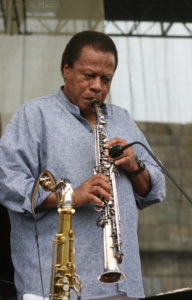
Then, Wayne expounded on his techniques for composing music, and he demonstrated on piano, while noting that he is not a pianist. Shorter also spoke about samba, and the differences between Brazilian and American music. Throughout the film, Esperanza Spalding sat nearby, occasionally responding to one of Shorter’s comments, or chiming in with a rare remark of her own. However, the focus of the documentary was clearly on Wayne Shorter, and the close attention elicited some intimate insights into the legendary jazz performer.
The River to River Festival ran from June 10 to 27, 2021. In addition to its opening concert, there were several other events, including films, art displays, dance recitals, online presentations, walking tours, and the Songwrights Apothecary Lab with Esperanza Spalding.
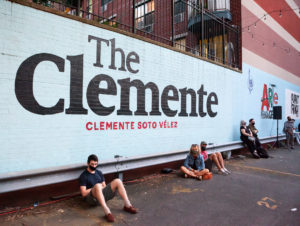
About The Clemente Soto Vélez Cultural & Educational Center, their website says:
“The Clemente Soto Vélez Cultural & Educational Center Inc. is a Puerto Rican/Latinx multi-arts cultural institution that has demonstrated a broad-minded cultural vision and inclusive philosophy rooted in NYC’s Lower East Side/Loisaida. While focused on the cultivation, presentation, and preservation of Puerto Rican and Latinx culture, we are equally committed to a multi-ethnic / international latitude, determined to operate in a polyphonic manner that provides affordable working space and venues to artists, small arts organizations, emergent and independent community producers that reflect the cultural diversity of the LES and our City.
As a downtown Latinx cultural staple for close to three decades, The Clemente is the pulpit where countless New York based Latinx, BIPOC, local LES, and international partners create multi-disciplinary contemporary work and co-productions in a collaborative environment. We are guided by our namesake’s legacy of building culturally grounded multigenerational leadership, local power, and mutuality in times of crisis.”
For more information on The Clemente Soto Vélez Cultural & Educational Center, go to: www.theclementcenter.org.
Sponsorship for the River to River Festival was provided by American Express, The Andrew W. Mellon Foundation, The Howard Gilman Foundation, New York State of Opportunity/Battery Park City Authority, Seaport District NYC, Con Edison, The Howard Hughes Corporation, The Robert Rauschenberg Foundation, Goldman Sachs, the Mertz Gilmore Foundation, the Downtown Alliance, and NYC Cultural Affairs.
For more information on the River to River Festival and the Lower Manhattan Cultural Council, go to: www.lmcc.net.
